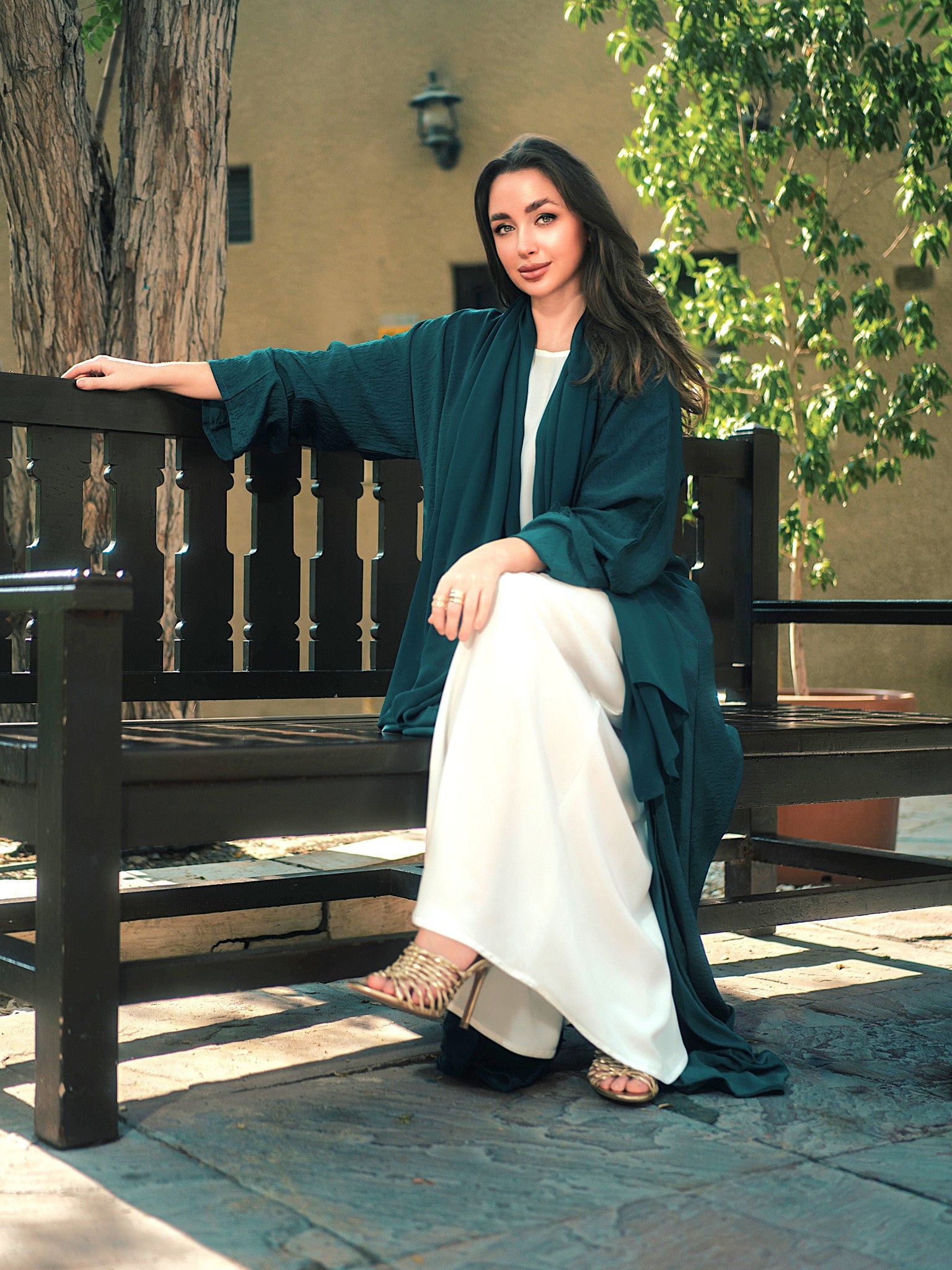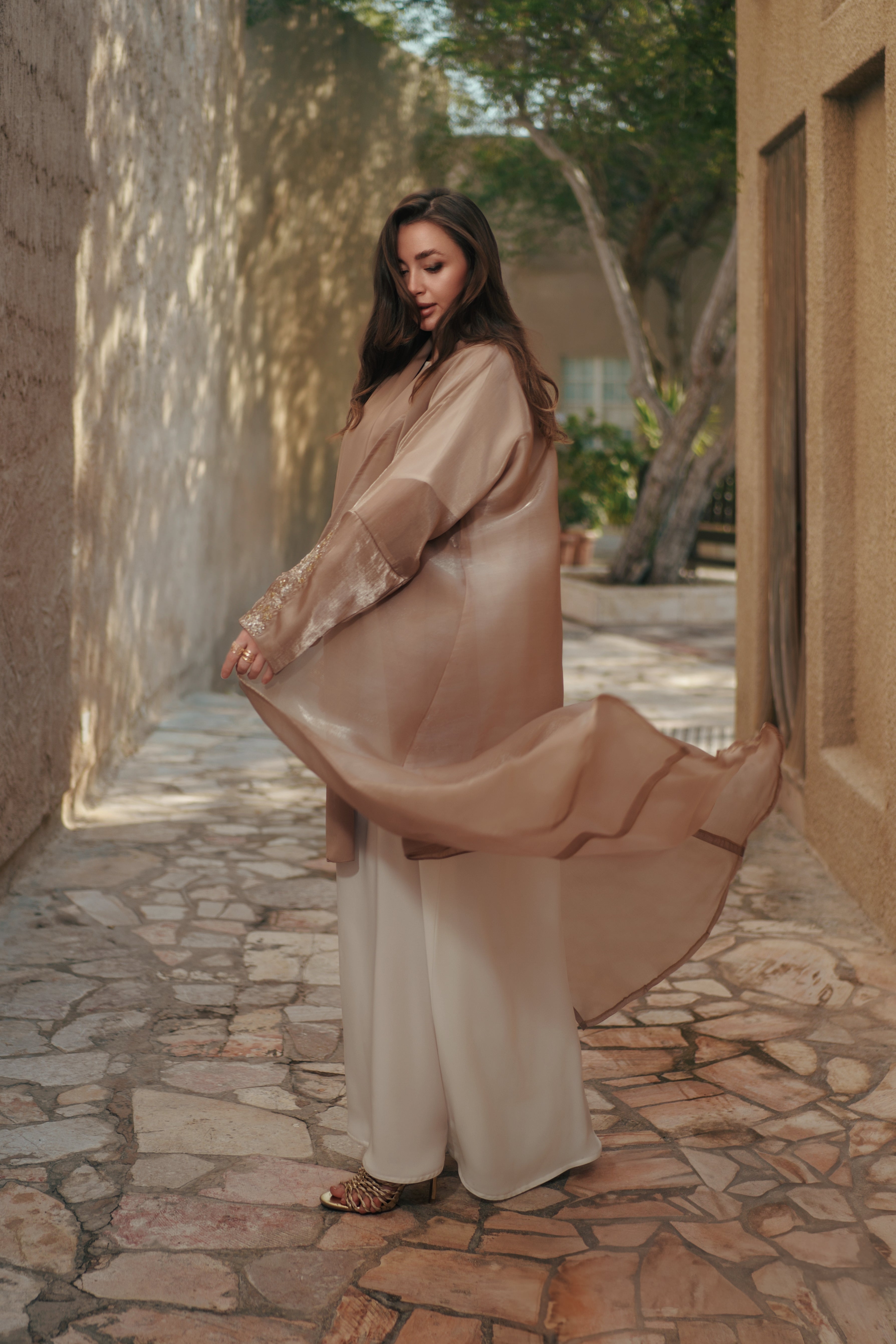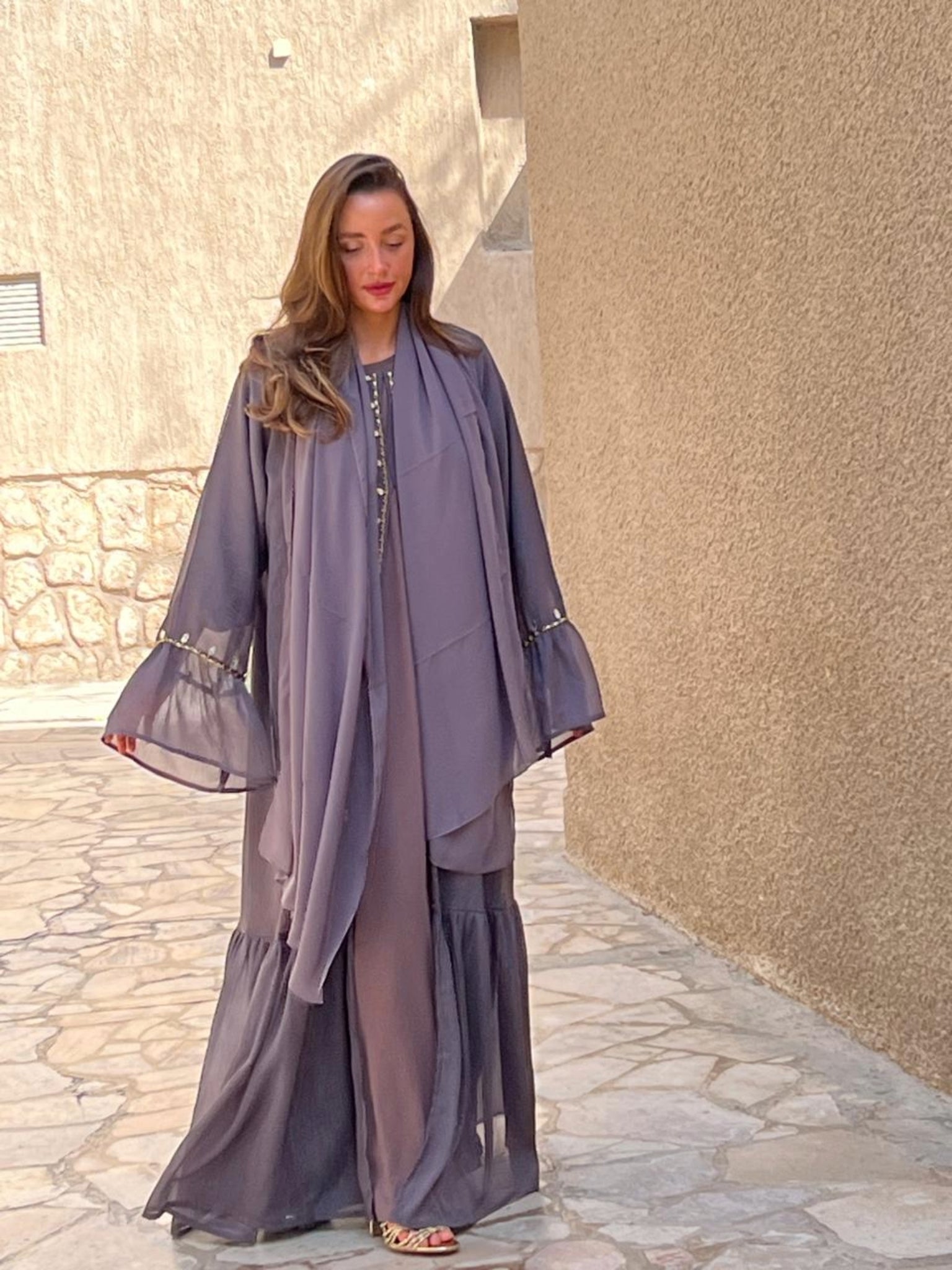
Exploring the Diversity of Muslim Dresses
Muslim clothing dresses are more than just garments. They are an expression of faith, modesty, and identity.
These dresses reflect the rich diversity of the Islamic world. They are influenced by cultural variations across different regions.

Modest wear for women is not just a religious statement. It has also become a global fashion trend. Muslim attire for women includes a range of garments, from daily wear to special events.
Each piece, whether it's an abaya, hijab, jilbab, or kaftan, tells a story. It speaks of tradition, modernity, and the personal style of the wearer.
This article explores the diversity and significance of Muslim clothing dresses. It provides a comprehensive guide for those interested in Muslim wear dresses.
Join us as we delve into the world of Islamic fashion, showcasing the beauty and variety within this fascinating clothing category.
The Significance of Modesty in Islamic Fashion
In Islamic fashion, modesty is central. It's about more than just covering the body. It involves a deep respect for personal and cultural identity.
Modesty in clothing offers Muslim women the chance to express themselves. It provides a way to align their appearance with their beliefs.
The principles of hijab guide this expression. They call for covering most of the body in a dignified manner. This focus on modesty empowers women and fosters a sense of community.
Additionally, modest fashion is becoming a global conversation. It's appreciated by people of all backgrounds who value style blended with modesty.
Cultural Variations in Muslim Clothing Dresses
The diversity in Muslim clothing dresses reflects rich cultural tapestries. Each region brings its unique elements to Islamic attire. These variations offer a beautiful array of styles.
Muslim dresses serve as cultural identifiers. They show influences from Africa to Asia and the Middle East. Each dress carries a story of its origins.
Here are some common types of Muslim clothing dresses:
- Abayas: Common in the Middle East.
- Kaftans: Often worn in Morocco and surrounding regions.
- Jilbabs: Popular in various parts of Africa.
- Hijabs: Universal across the Islamic world.
- Shalwar Kameez: Widely seen in South Asia.

The materials and designs differ widely. From simple cotton in tropical areas to rich silks in cooler climates, fabric choices vary. Embellishments, colors, and patterns also change from one region to another.
Global influences have expanded the diversity even more. Traditional garments now include modern touches, merging past and present.
Everyday Elegance: Muslim Attire for Daily Wear
Muslim attire for daily wear embraces both simplicity and elegance. It caters to the need for comfort and modesty. Each piece is thoughtfully designed to respect Islamic guidelines.
The choices are vast, from flowing abayas to stylish tunics. These garments often feature long sleeves and relaxed fits. They ensure freedom of movement while maintaining modesty.

Everyday Muslim dresses often utilize breathable fabrics like cotton or linen. These materials are ideal for various climates. They offer both comfort and practicality for daily activities.
Accessories add flair to daily wear. Scarves, belts, and jewelry personalize each outfit. They allow for individual expression within modest boundaries.
Celebratory and Formal Islamic Outfits for Ladies
Celebrations call for exceptional attire. Muslim dresses for formal events are exquisite and detailed. These dresses often feature elaborate embroidery or delicate beading.
The selection includes stunning kaftans and luxurious gowns. Rich fabrics like silk and satin are common. They provide a regal appearance perfect for special occasions.

Cultural influences play a role in these outfits. Each region boasts its own traditional embellishments. This diversity enhances the array of choices available to women.
Colors and textures vary in formal wear. Jewel tones and intricate patterns stand out. These elements ensure that every woman feels elegant and unique.
The Fusion of Tradition and Modernity in Muslim Wear Dresses
Muslim fashion often blends old and new. Designers skillfully merge traditional styles with modern trends. This blend caters to the diverse tastes of contemporary women.
Innovations in fabric and cuts bring freshness to Islamic clothing. Designers experiment with silhouettes while respecting modesty principles. This results in garments that are both fashionable and true to cultural roots.
Modern Muslim clothes are far from static. They dynamically evolve with global fashion influences. Yet, they preserve the essence of Islamic tradition, showcasing a beautiful balance.
This fusion enhances inclusivity and broadens appeal. It attracts Muslim and non-Muslim audiences alike. The clothing becomes a bridge connecting diverse cultural expressions.
Fabric Choices and Comfort in Female Muslim Clothes
The choice of fabric is crucial in Muslim clothing. It affects comfort and practicality. Lightweight materials are favored for everyday wear.
Cotton and linen are popular for their breathability. They offer comfort, especially in warm climates. Such fabrics allow freedom of movement while maintaining modesty.
Silk and wool add luxury to formal garments. They are chosen for special occasions. These fabrics add elegance without compromising on the core values of modest wear.
Designers also consider seasonal needs. Fabrics are chosen to suit varying climates. This ensures that Islamic clothing remains practical and stylish all year round.
The Role of Social Media and Influencers in Islamic Fashion
Social media has transformed how Muslim fashion is perceived. Platforms like Instagram and Pinterest showcase diverse styles. This has broadened the reach of modest fashion.
Influencers play a crucial role in this space. They blend tradition with modern trends. Their impact has made Islamic clothing more accessible and fashionable.
Fashion bloggers and content creators inspire millions. They display creativity through their unique outfits. Their work promotes positive body image and diversity.
These influencers also challenge stereotypes. They highlight the beauty of modest wear. This shift encourages global conversations about fashion inclusivity.
Supporting Diversity and Inclusivity through Islamic Clothing
Islamic clothing embraces diversity across cultures. It offers a wide array of styles for all backgrounds. This inclusivity strengthens its global appeal.
The fashion industry evolves as it recognizes Muslim needs. Designers create collections for different body types. These efforts promote acceptance and understanding.
Islamic attire showcases both tradition and modernity. By doing so, it transcends borders and cultural lines. This dynamic blend fosters respect and appreciation.
Community support fuels inclusive fashion growth. Collaboration among designers, retailers, and consumers is key. Together, they create a more equitable fashion landscape.
The Future of Muslim Clothing Dresses: Trends and Prospects
The future of Muslim clothing dresses is bright. Designers are increasingly innovative, merging modesty with fashion-forward designs. This trend is set to grow.
Sustainability is gaining traction in Islamic fashion. Ethical practices and eco-friendly fabrics are becoming priorities. This shift aligns with global values.
Online platforms play a crucial role in fashion expansion. They increase accessibility to diverse collections. More women can now explore styles that fit their needs.
Inclusivity remains a significant focus. Designers are crafting lines that celebrate all body types. This commitment enhances the appeal and reach of Muslim fashion globally.
Conclusion
The diversity and elegance of Muslim clothing dresses inspire many. They reflect rich cultural narratives and evolving fashion landscapes. This dynamic field holds exciting prospects.
As the global fashion industry embraces modesty, Muslim attire will undoubtedly continue to influence mainstream trends. It embodies both tradition and innovation, making it truly unique.


Leave a comment
This site is protected by hCaptcha and the hCaptcha Privacy Policy and Terms of Service apply.